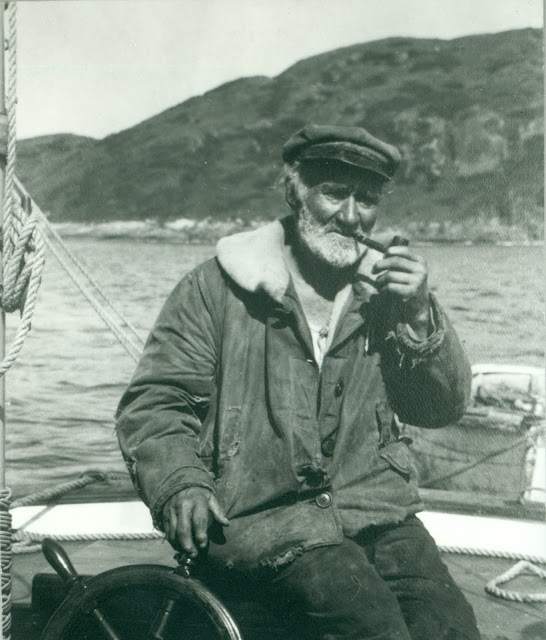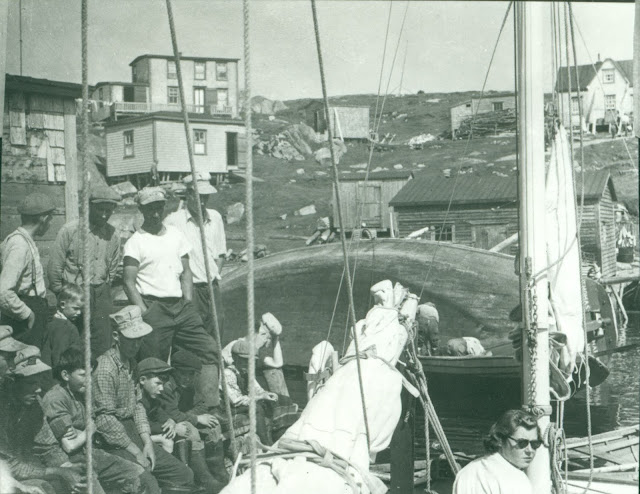Learning the stories of a place is one thing that tourists seek out when they travel. But what if some of those stories deal with darker themes? Towns and tourism operators are coming to see the value of what is known in the industry as “Dark Tourism.”
In this podcast, Folklore MA candidate Katie Crane talks to us about her studies in the field, escape rooms, pirate lore, coffin hardware, and her recent participation in “The Thrill of the Dark: Heritages of Fear Fascination and Fantasy” Conference in Birmingham, UK.
Katie Crane is a graduate student in the Public Sector program of Memorial University’s Department of Folklore. She has worked for the Logy Bay-Middle Cove-Outer Cove Museum, the Historic Sites Association of Newfoundland and Labrador, and for Admiralty House Communications Museum. Her academic research interests include public folklore, museums, heritage interpretation, legends, linguistics, and language revitalization.
###
The Living Heritage Podcast is about people who are engaged in the heritage and culture sector, from museum professionals and archivists, to tradition bearers and craftspeople - all those who keep history alive at the community level. The show is a partnership between HeritageNL and CHMR Radio. Past episodes are hosted on Libsyn, and you can subscribe via iTunes, or Stitcher. Theme music is Rythme Gitan by Latché Swing.















